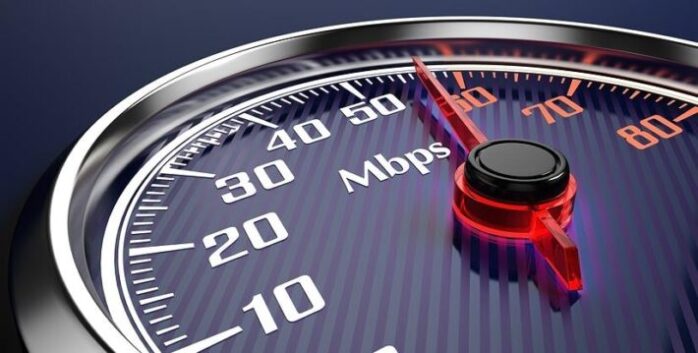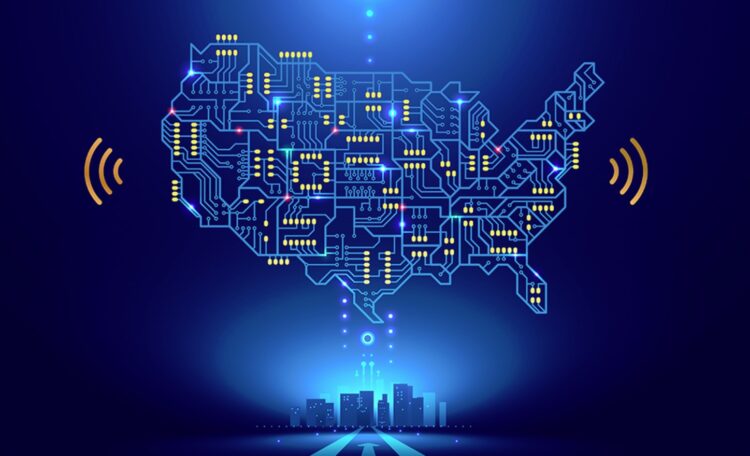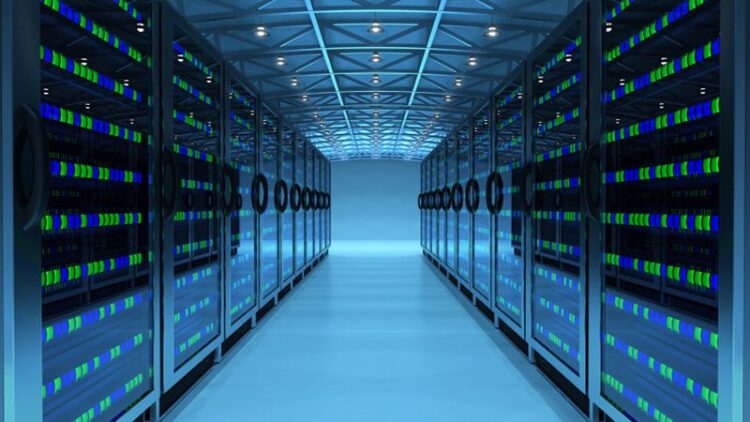
In the United States, our internet service is terrible. It’s slow and expensive for the majority of Americans. If that’s not bad enough, the number of Americans who are underserved and unserved are staggering; according to satelliteforinternet.com one in every three Americans don’t even have a reliable high speed internet connection at home. We’re in luck because Biden is going to fix America’s internet, but it means we’re going to see a major infrastructure overhaul to get it. Current infrastructure for internet service in America is widely outdated, unkept and more expensive than other developed countries.

How Internet Coverage Works Right Now Pre Biden’s Infrastructure Plan
America is home of the free, brave and of free market capitalism. Which works great for many industries, but it hasn’t been so kind for high speed internet and to those who live in areas where it isn’t economically viable for internet providers to expand their coverage areas. Today internet providers only expand coverage areas in areas of which they’ll see a quick return in their investment. This is why Americans who live in cities and metropolitan areas have multiple high speed internet options, while those in rural areas are left with one or two and more often than not no high speed internet options. The more houses within their service area, the more money coming in on a monthly basis from customers. In areas where there’s little to no money in providing high speed broadband internet service to those people, they get left unconnected or with an internet connection so slow that it cannot be reasonably used.

$100 Billion To Broadband Internet
According to gometronet.com, Biden’s new infrastructure plan includes a proposal to improve internet access for every household in America totaling $100 billion towards the effort. Within the plan it calls broadband internet service the new electricity, calling to its similarities to the Rural Electrification Act from 1936 that brought electricity to nearly every home and farm in America. Here is what President Biden plans to accomplish:
- High speed internet service will reach 100% of American households
- Reduce the price of high speed broadband internet service for everyone
- Broadband networks owned, operated by or affiliated with local governments, local nonprofits and cooperatives will be prioritized for support and funding.
- Requires internet providers to clearly disclose what prices they charge for their service for all to see
- Create good paying jobs with labor protections

Lobbying Groups Are Pushing Against Biden’s Plan
Unfortunately there’s already push back from lobby groups that represent some of the cable and telecom companies that deliver internet. Apparently their concerns lie within the possibility of being left out from future government grants and subsidies to arise out of this plan. Included within Biden’s plan private internet providers will likely be the last to be eligible for federal money. Government owned and nonprofit networks will receive priority over private internet providers because they’re more committed to serving entire communities, not just what pads their wallets and turns profits. Also within the plan language like “future proof” is used heavily implying that companies who utilize fiber will be at a higher advantage than outdated DSL, cable and satellite internet providers.

Everything Else That’s Included In The Infrastructure Plan
There’s more to President Biden’s infrastructure plan besides high speed broadband internet, although it is the most anticipated piece of the plan. Here is everything else that is has been outlined in the plan plus more:
- Improve water infrastructure for clean and safe drinking water for everyone
- Replace 100% of the nations lead pipes and service lines
- Upgrade and modernize drinking water, waste water, and stormwater systems
- Renewed electrical grid to stand up against outages
- Establish Grid Deployment Authority at the Department of Energy to use better rights of ways
- Expanded investment and production tax credits towards clean energy
- Energy Efficiency and Clean Electricity Standard for lowering electricity bills and pollution
- Cleaning up and closing abandoned oil wells, gas wells and mines
- Remediation of abandoned industrial properties, energy sites, Brownfield and Superfund sites
- Build clean energy in distressed communities
- Put more Americans to work on conserving public lands and waters
- Modernize schools, community colleges and early learning buildings
- Upgrade VA hospitals and federal buildings.
- Create more affordable housing options
- Build and renovate homes for low and middle income homebuyers
- Improve existing public housing
- Make long term care more accessible through Medicaid
- Make manufacturing stronger for critical goods
- Plans to protect Americans from possible future pandemics
- Create more jobs for everything outlined in this infrastructure plan

Up To 157 Million+ Americans Don’t Have Broadband Internet Service
Our infrastructure and internet systems are so dysfunctional that we don’t truly know how many could be without a workable internet connection. The FCC asks internet providers to volunteer this information, however there’s no mandate for them to do so and the numbers each organization reports has vary wildly. The FCC is reporting 14.5 million households are without high speed broadband internet meanwhile independent studies report that it could be up to 157 million people. One thing the government knows is that they don’t know how many. They have already acknowledged that national internet coverage maps have many gaps in information. Most of these gaps exist in rural, remote and tribal lands; all of which will be extraordinarily expensive to modernize for today and the future.

Municipal Broadband Can Become More Widespread
Municipal broadband is internet access that is fully or partially owned and operated by local governments. They’re not common and usually come out of a need for faster internet service for their citizens when internet providers that already service their area and those nearby decide the costs to expand or improve internet service in their local town or village is too costly. Within President Biden’s plan municipal broadband has a real chance to become more widespread throughout the country. They care more about serving everyone in their community with good, reliable internet before the rate of which they can see a return on the investment because their community thriving first is part of the return on the investment.











